When WHILL’s founder heard that his friend had “given up on even going to the grocery store just two blocks away,” he was inspired to create a mobility device that would transform the traditional wheelchair experience.
Today, WHILL gives consumers worldwide new ways to move and enjoy the activities they love. Our award-winning products combine the sleekest designs in the industry with world-class engineering and technology. The result? Unrivaled mobility scooters and power chairs that provide users with increased confidence and independence.

History
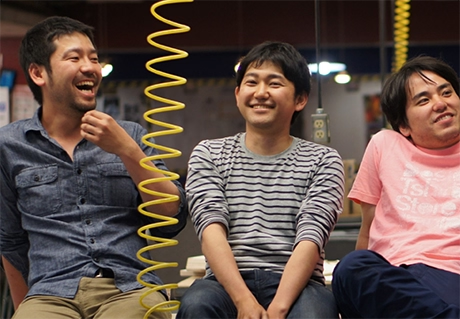
2012
WHILL, Inc. is founded in Silicon Valley, CA.
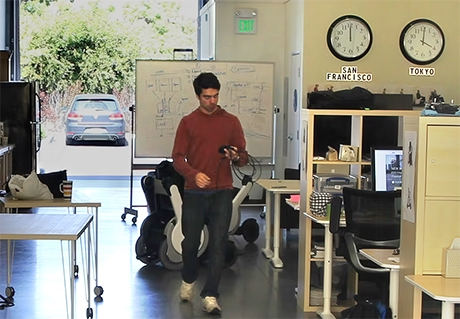
2013
WHILL is incorporated in the USA.
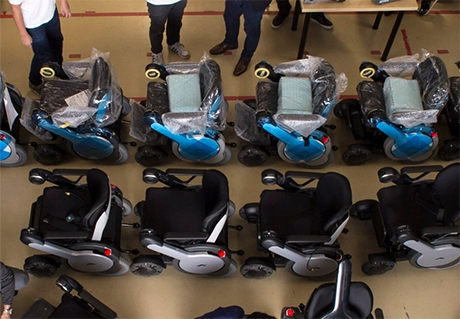
2014
WHILL's first power chair, Model A, is launched.
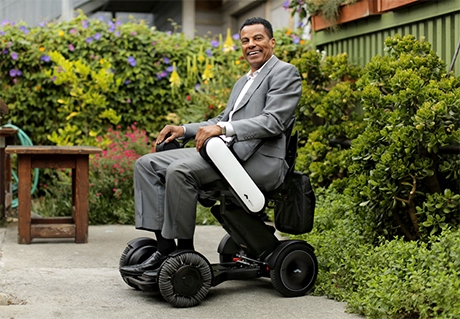
2017
WHILL's first portable power chair, Model C, is launched.
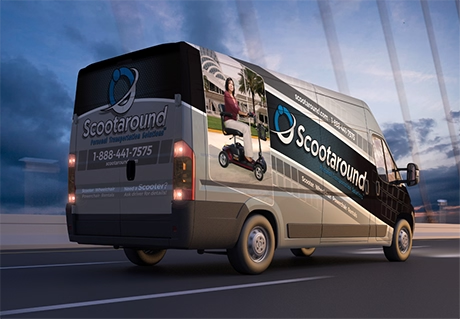
2018
WHILL acquires and merges with Scootaround, North America's largest mobility equipment rental provider.
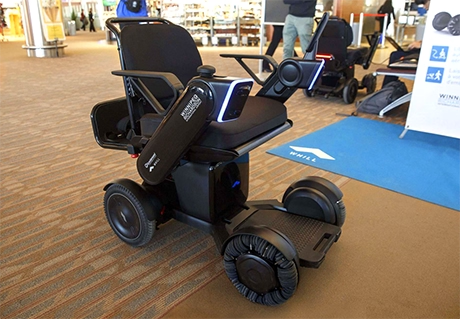
2019
WHILL autonomous driving solutions begin first trials at airports in the US and Canada.
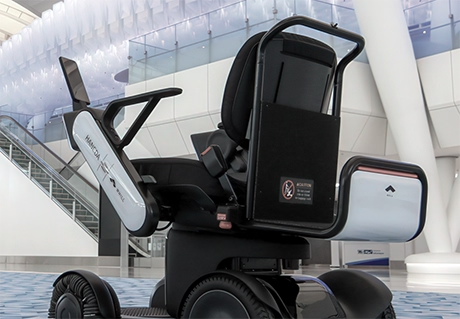
2020
WHILL autonomous service is implemented for commercial use at Haneda Airport in Tokyo.
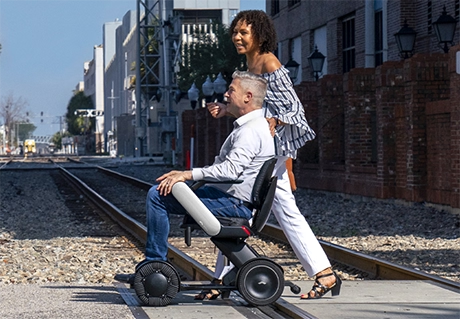
2020
WHILL's next-gen portable power chair, Model C2, is launched.
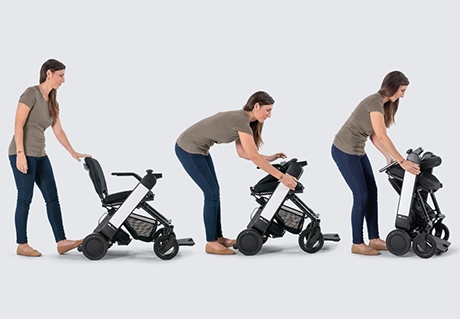
2021
WHILL's first foldable power chair, Model F, is launched.
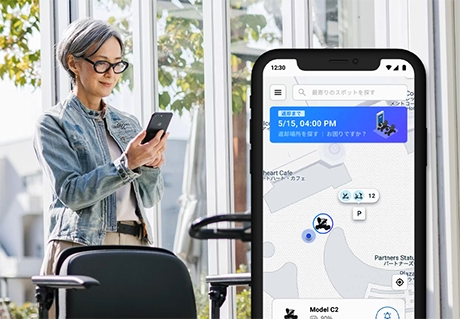
2023
WHILL Rental App is launched.
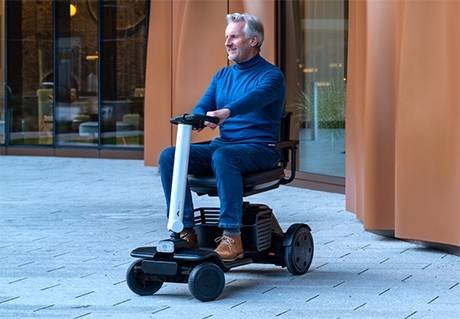
2024
WHILL's first mobility scooter, Model R, is launched.
Leadership Team
Learn more about the people who make up WHILL’s senior leadership team.
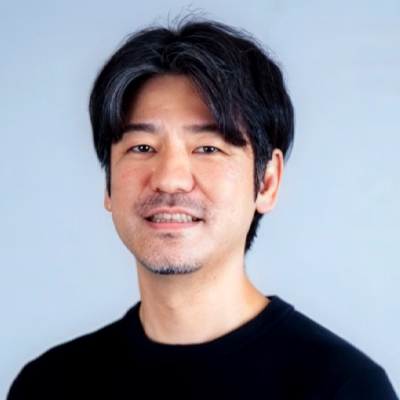
Satoshi Sugie
CEO
Satoshi Sugie is a Co-Founder and serves as Chief Executive Officer & Board Member at WHILL. He co-founded WHILL Inc. Satoshi Sugie is a Co-Founder and serves as Chief Executive Officer & Board Member at WHILL. He co-founded WHILL Inc. Sugie moved to San Francisco, California in 2012 to become WHILL’s CEO. He has received worldwide recognition for his work, including the prestigious Silicon Valley Business Journal's 40 Under 40.

Catherine Gopaulsingh
CAO
Experienced finance executive with a demonstrated work history in Entertainment, Media and Telecommunications industries. Successfully launched several businesses taking them Experienced finance executive with a demonstrated work history in Entertainment, Media and Telecommunications industries. Successfully launched several businesses taking them from idea infancy to consumer launch.

Nicolas Lesage
CFO
Managing team of accountants and analysts Leading cross-functional teams to ensure corporate-wide objectives are met Developing, reviewing, and analyzing North Managing team of accountants and analysts Leading cross-functional teams to ensure corporate-wide objectives are met Developing, reviewing, and analyzing North American budgets and key performance indicators Reporting and reviewing monthly financial statements
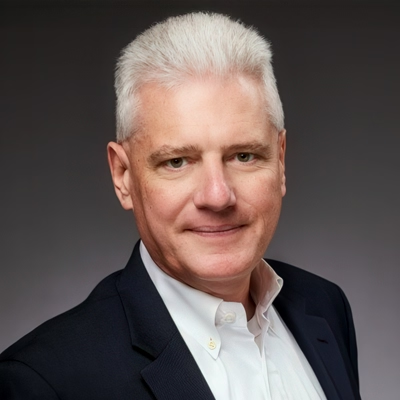
Tres Izzard
President, WHILL Autonomous Services, No. America & EMEA
Experienced business development leader, strategic planner, general manager/P&L owner, and startup founder steeped in successfully building, launching, and operating complex Experienced business development leader, strategic planner, general manager/P&L owner, and startup founder steeped in successfully building, launching, and operating complex businesses. A rare “utility player” who finds creative ways to squeeze additional profitability and performance from existing assets and mature businesses.
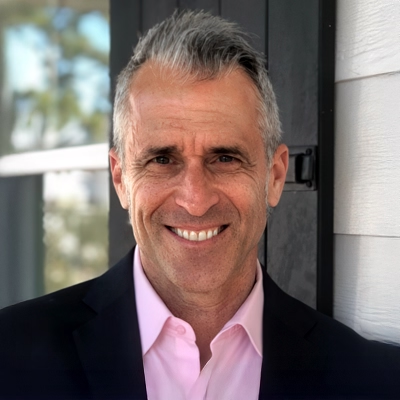
Carl Crabill
EVP/GM, WHILL Mobility Sales
Experienced Sales & Marketing leader specializing in emerging and evolving consumer products. Successfully brought three products from “cocktail napkin” ideation Experienced Sales & Marketing leader specializing in emerging and evolving consumer products. Successfully brought three products from “cocktail napkin” ideation through venture capital prospecting to product launches, all with leading national retailers to achieve industry disruption and profitability.
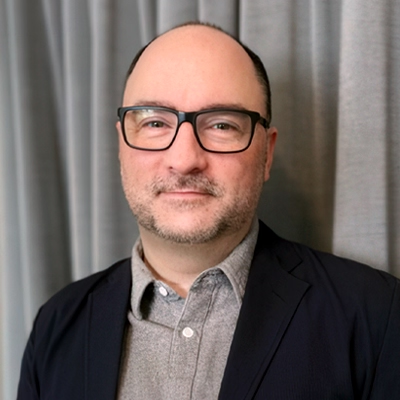
Chad Stott
VP/GM, Short Term Rentals
With 25 years of experience in business management and general management, I bring a strategic yet hands-on approach to leadership. With 25 years of experience in business management and general management, I bring a strategic yet hands-on approach to leadership. My career has spanned all aspects of business operations, including CX strategy, financial oversight, team development, process optimization, and revenue growth.
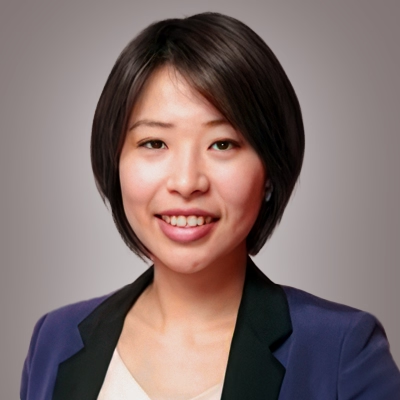
Marie Onga
VP, WHILL Customer Experience
Currently works on delivering innovative autonomous personal mobility services in facilities such as airports and hospitals around the world at Currently works on delivering innovative autonomous personal mobility services in facilities such as airports and hospitals around the world at WHILL.
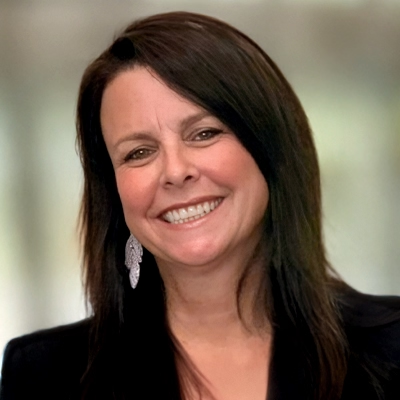
Christine Addeo
VP, WHILL Marketing
Developing brands and building teams to drive growth are my passions. I love work that involves growing brands from the Developing brands and building teams to drive growth are my passions. I love work that involves growing brands from the ground up. I thrive in ambiguity and assemble the teams and resources needed to drive work forward. I enjoy the creative process and I am passionate about understanding the consumer and creating identities that resonate with people.
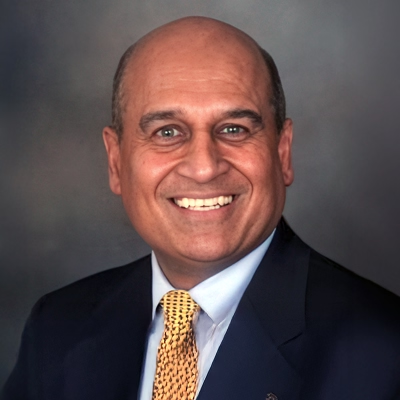
Glen Coelho
VP, WHILL Operations
Results driven, diversified, strategic leader experienced in global operations management, customer relationship management, process re-engineering and program/change management. Ambitious professional Results driven, diversified, strategic leader experienced in global operations management, customer relationship management, process re-engineering and program/change management. Ambitious professional skilled at creating strategic alliances with organization leaders to effectively develop, align with and support key business initiatives.
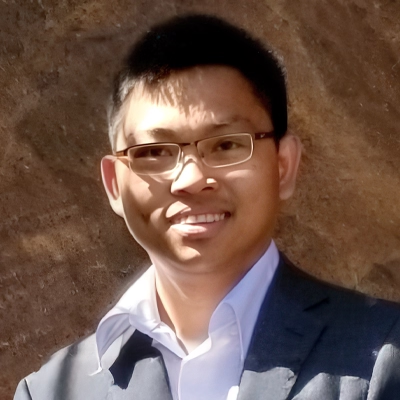
Thanh Thai
VP, IT
Insightful Information Technology with 8+ years of IT leadership experience including oversight of infrastructure, application support and security services. Dedicated Insightful Information Technology with 8+ years of IT leadership experience including oversight of infrastructure, application support and security services. Dedicated to customer satisfaction with focused delivery of technical solutions. Proven leader in directing operations, maintenance and support of complex systems.
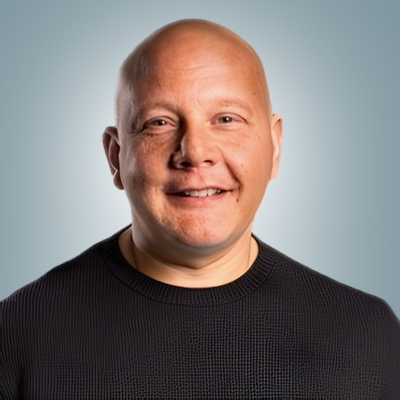
Shane Bogni
VP, Business Development, WHILL Autonomous Mobility Service
Proven executive and results driven leader with the ability to plan, communicate and execute key corporate objectives. Comprehensive experience in Proven executive and results driven leader with the ability to plan, communicate and execute key corporate objectives. Comprehensive experience in leading organizations through complex periods of change including mergers and acquisitions, growth, consolidation and bankruptcy.
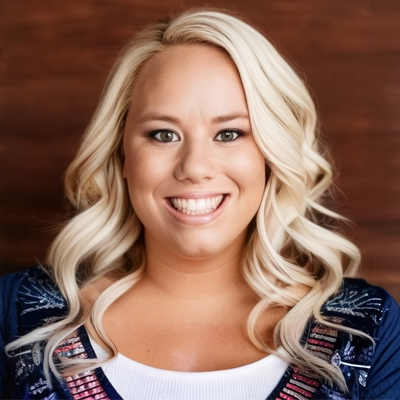
Julia Bojarski
VP, HR
With over 15 years of experience as an HR executive, I specialize in navigating organizations through dynamic, high-growth phases. From With over 15 years of experience as an HR executive, I specialize in navigating organizations through dynamic, high-growth phases. From implementing HRIS systems to crafting comprehensive compensation packages, my expertise extends to building HR functions from the ground up. Beyond traditional HR responsibilities, I am dedicated to fostering strong workplace cultures, even in remote settings. I excel at developing innovative incentives, improving internal communication, and ensuring teams remain united. Let's connect to explore how my adaptable skills and strategic insights can contribute to the success and growth of your organization.With over 15 years of experience as an HR executive, I specialize in navigating organizations through dynamic, high-growth phases. From implementing HRIS systems to crafting comprehensive compensation packages, my expertise extends to building HR functions from the ground up. Beyond traditional HR responsibilities, I am dedicated to fostering strong workplace cultures, even in remote settings. I excel at developing innovative incentives, improving internal communication, and ensuring teams remain united. Let's connect to explore how my adaptable skills and strategic insights can contribute to the success and growth of your organization.
Advisors
WHILL is proud to be supported by a strong team of world-class advisors.

Scott McNealy
Former CEO and Co-founder of Sun Microsystems

Meg Frost
Director of Product Design of Apple

Kerry Renaud
Former CEO of Scootaround
Office Locations
WHILL has offices worldwide, providing products and services in more than 20 regions.
Redwood City, CA, USA
303 Twin Dolphin Dr. 6th Floor, Redwood City, CA, 94065, USA
Orlando, FL, USA
7703 Kingspointe Pkwy #400, Orlando, FL 32819, United States
Winnipeg, MB, Canada
Tokyo, Japan
Harbor Premium Building 2F, 2-1-11, Higashi-Shinagawa, Shinagawa-ku, Tokyo, 140-0002, Japan
Kyoto, Japan
Amsterdam, Netherlands
Suzhou City, Jiangsu Province, China
Zhubei City, Hsinchu County, Taiwan
4F-8, No. 100, Sec. 1, Jiafeng 11th Rd., Zhubei City, Hsinchu County 302052, Taiwan
Contact Us Today!
If you have questions before making a purchase or need assistance after buying a product, our team is here to help.

